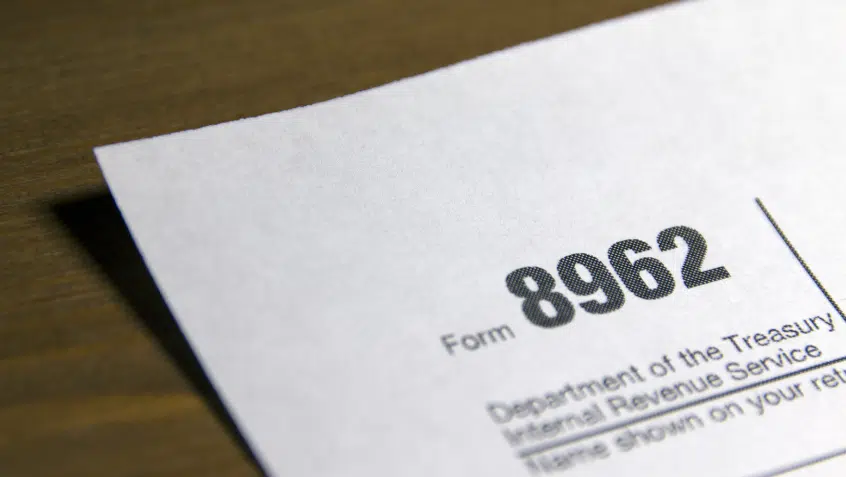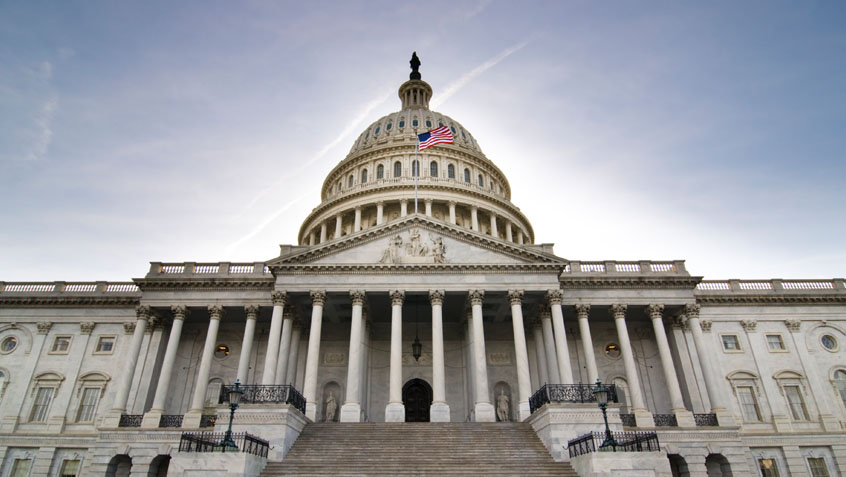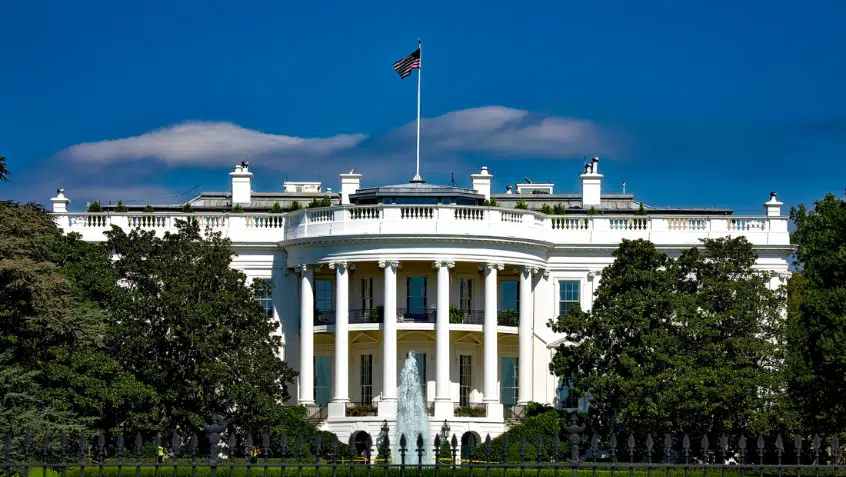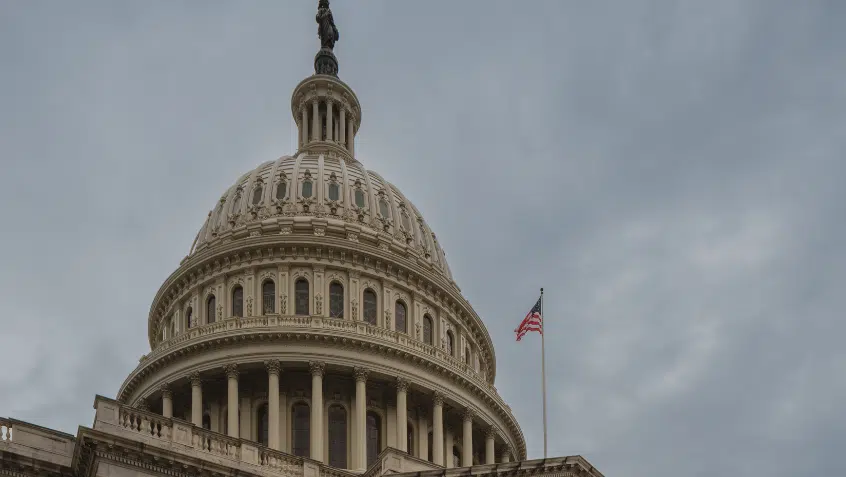Kaiser Family Foundation Compares Proposals Intended to Lower Prescription Drug Costs
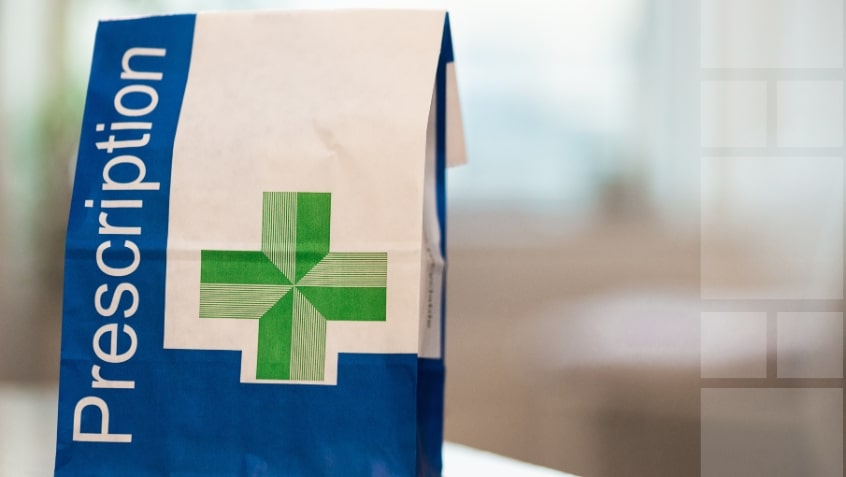
Last month, the Kaiser Family Foundation (KFF) released a series of charts that explain and compare various legislative proposals to lower prescription drug costs. Such proposals are in the limelight because many Americans identify drug pricing as a significant problem and support government action to address it. According to one KFF poll, high drug costs have kept 30% of Americans from taking their medicine as prescribed.
The KFF charts highlight three recent legislative packages in the U.S. House and Senate and the approaches each would take to lower Medicare drug prices. Among the examined strategies are efforts to allow Medicare to negotiate drug prices, restructure Medicare Part D, and limit unreasonable drug price hikes. In addition, the charts show where one proposal, H.R. 3, the House-passed bill, would reinvest in the Medicare program, making needed improvements and expanding benefits for older adults and people with disabilities.
Year after year, on the Medicare Rights Center’s National Consumer Helpline, we hear from beneficiaries who are unable to afford their prescriptions. In our most recent report on Medicare Trends and Recommendations, we noted that around 20% of Medicare Rights’ callers in 2017 expressed frustration about being unable to afford their medicines and other care. This is not surprising, given that half of all people with Medicare live on incomes below $26,200—and one quarter have incomes below $15,250. Also in 2017, there were 281,185 visits to a Medicare Interactive resource that describes Medicaid, a program that many people with Medicare, including numerous Medicare Rights clients, turn to for help affording care.
Medicare Rights supports efforts to contain high and rising drug costs that do not impede beneficiary access to care, and the KFF charts provide a useful reference for what legislators are currently considering. Even without major changes to drug pricing, more can be done to increase access to Medicare low-income assistance programs such as the Extra Help drug subsidy (also called the Low-Income Subsidy, or LIS) and reform the Part D appeals process to make it easier for people to obtain needed prescriptions. We look forward to continuing to work with policymakers and stakeholders to advance these important reforms.
The Latest
Most Read
Add Medicare to Your Inbox
Sign up to receive Medicare news, policy developments, and other useful updates from the Medicare Rights.
View this profile on InstagramMedicare Rights Center (@medicarerights) • Instagram photos and videos


